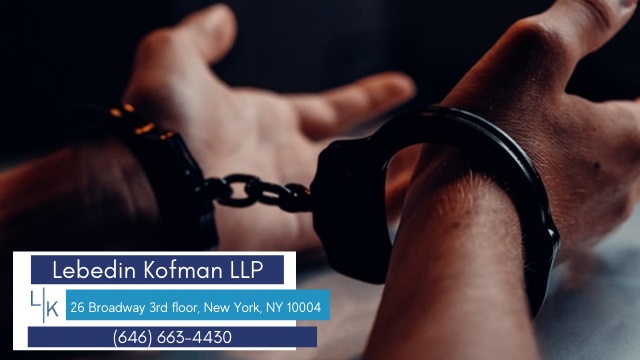mail fraud attorneys ny
A crucial element in an indictment for mail fraud is the degree of materiality. This is because the federal court demands that an accused person has a fraudulent intent to defraud a recipient of their assets. It is possible to prove the materiality of the fraud by direct evidence or irresponsible indifference. Even if a scheme is unsuccessful and the scheme was unsuccessful, it's possible to commit mailfraud. Mail fraud can be committed by any defendant, even if they are not directly involved in the scheme.

